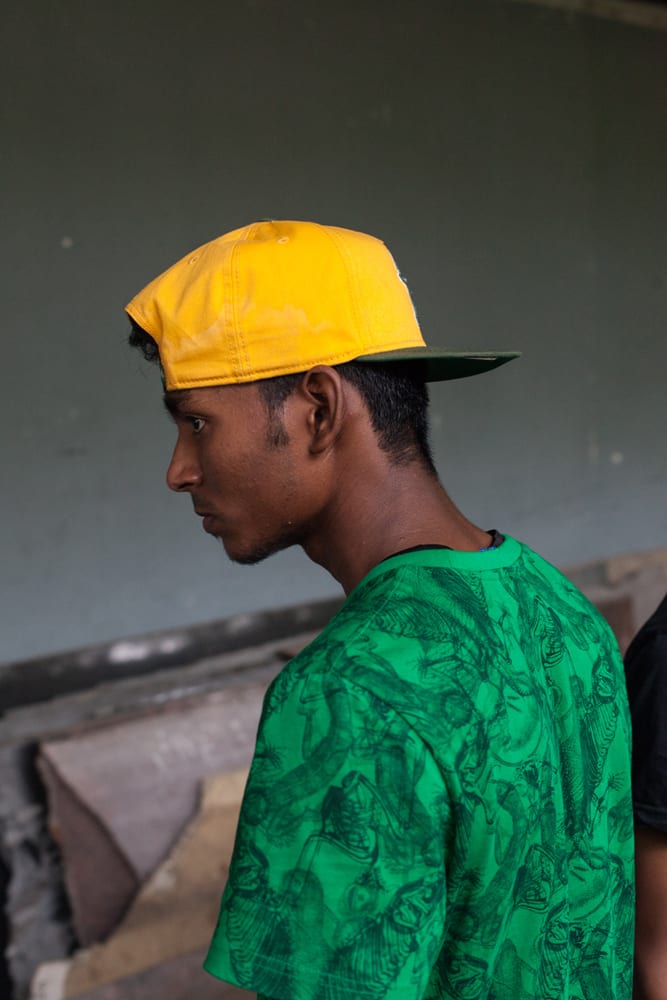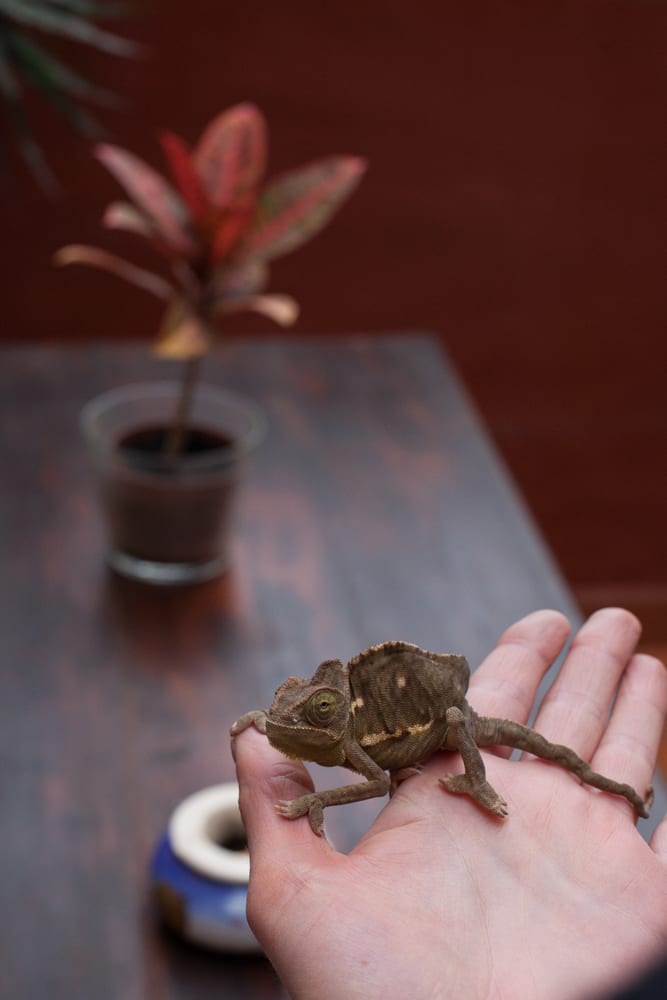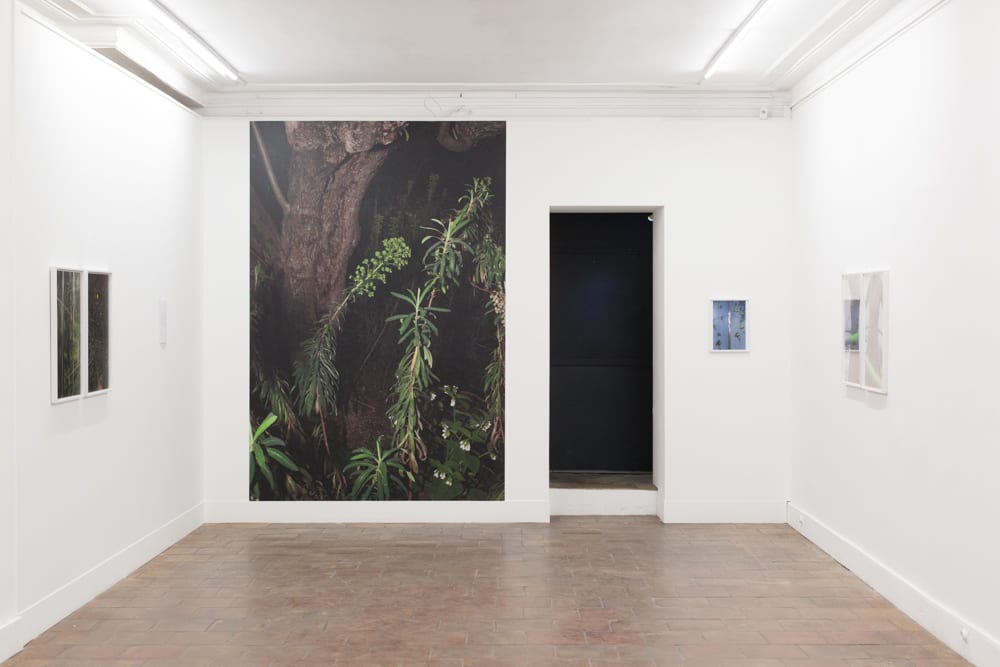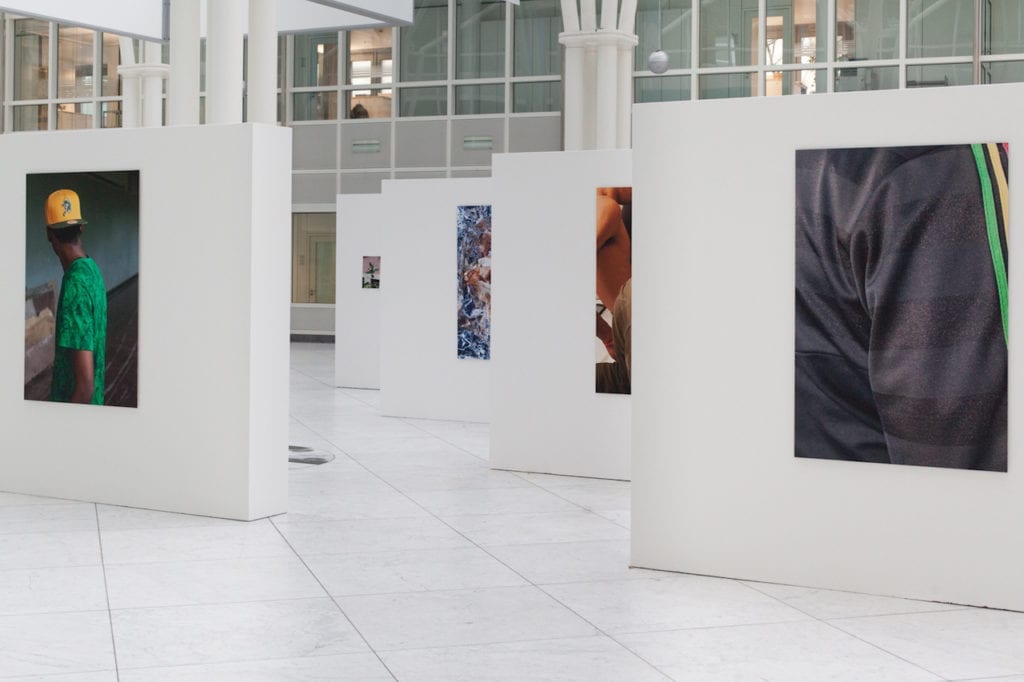Born in 1987 in Berlin, Paul Hutchinson graduated from the University of the Arts, Berlin in 2012, and from Central Saint Martins College of Art and Design, London in 2014. While in London he assisted Wolfgang Tillmans, and by 2015 he had published his first book – B-Boys, Fly Girls and Horticulture. He has gone on to publish two more, Wildlife Photography in 2016 and Schmetterlinge [Butterflies] in 2017. Hutchinson has won various awards and grants, and has shown his work at Galerie Mansart, the Berlinische Galerie Museum of Modern Art and The Photographers Gallery. The recent exhibition Perfect Storm, at the NRW Forum in Dusseldorf, included Hutchinson’s photographs alongside work by other fast-emerging image-makers such as Thomas Albdorf, Andrey Bogush, Vendula Knopova, Maurice van Es and Nikolas Ventourakis.
BJP: You were a bit of a tearaway at school, how did you get into photography?
Paul Hutchinson: I was never a typical troublemaker or bully, it was always about curiosity and trying things off the beaten track, which obviously hit some borders in the context of an educational system and authority. But in that sense photography was only the extension of a natural interest and offered me a form to work with that curiosity. It was a pretty unspectacular process really, a growing realisation that I am this more or less empty hull which I can fill with experiences, emotions and thoughts, and out of that form something which previously didn’t exist – say, a picture.
BJP: Why did you decide to come to London to study photography?
I was attracted by the idea of doing a Masters in an Anglo-Saxon, multi-cultural and large urban environment, and therefore London seemed ideal. A scholarship helped me to get pass student fees and helped with living costs, so the idea eventually became reality – something I otherwise wouldn’t have been able to afford.
In retrospect I am very happy with how everything turned out, but during my two years at university I sometimes felt misguided and a little dissatisfied with how the system of the school was set up. I struggled to appreciate what is currently happening to some parts of British arts education – degrees are more and more treated as a commodity, universities more and more take on the form of exclusive members’ clubs. I am very much against this development as I think education should be anything but elitist.
That said, I met extremely talented and inspiring people while studying in London, learned and read a lot, did many things wrong, some right, and always felt privileged to be there. And if you ask me directly, the most important thing I got out of the course was the people, and the dialog I still have with some of them.
BJP: How did you get into photographing hip hop culture?
PH: I grew up with the local hip hop scene here in Berlin, and after returning from London I became interested in re-approaching the subject. The starting point was simply meeting old friends and remembering what that community once meant to me; I also always wanted to see if there was a way to represent the subculture free of all the common stereotypes. While I was working on that I was invited by the Goethe Institute in Bangalore to spend five weeks there, after pitching them the idea of photographing hip hop in India. People don’t expect a hip hop community in that part of the world but obviously, there are large cities, there’s internet, there are young people curious about what’s happening in other parts of the world. So something like hip hop can easily find ground there.
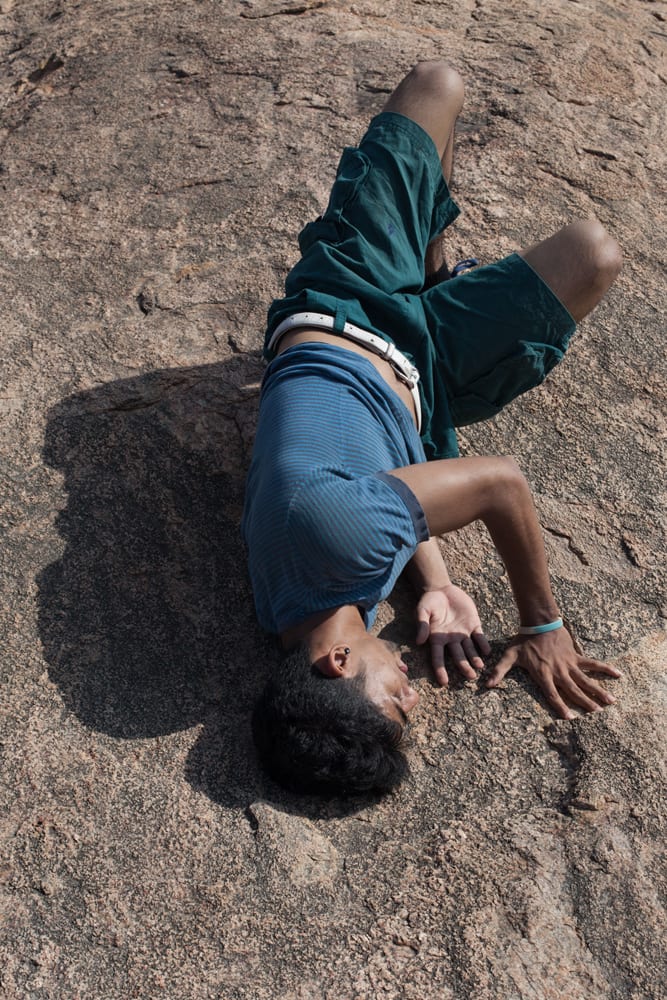
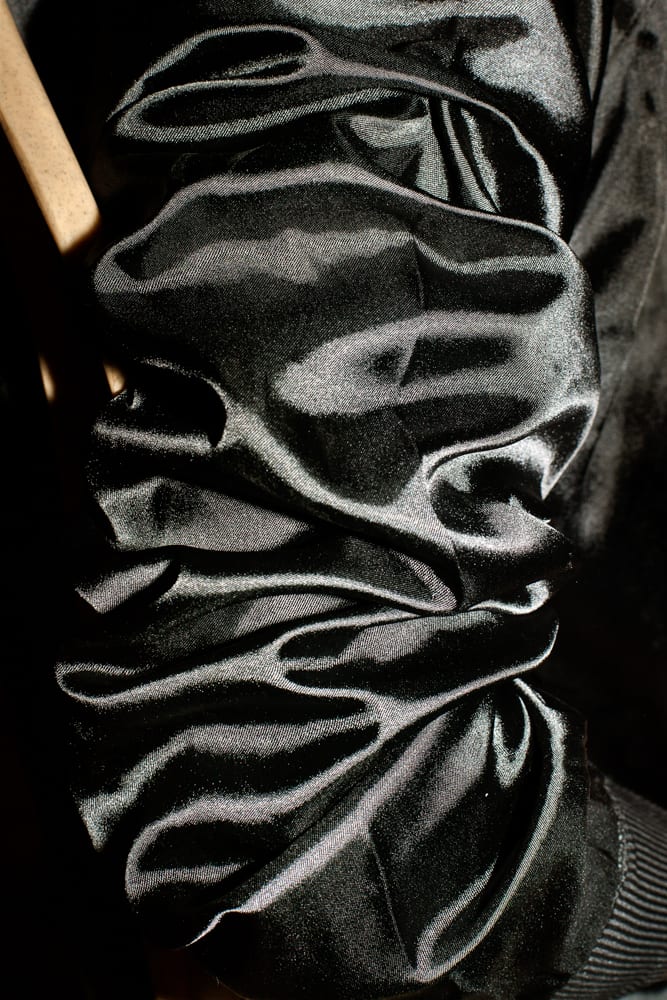
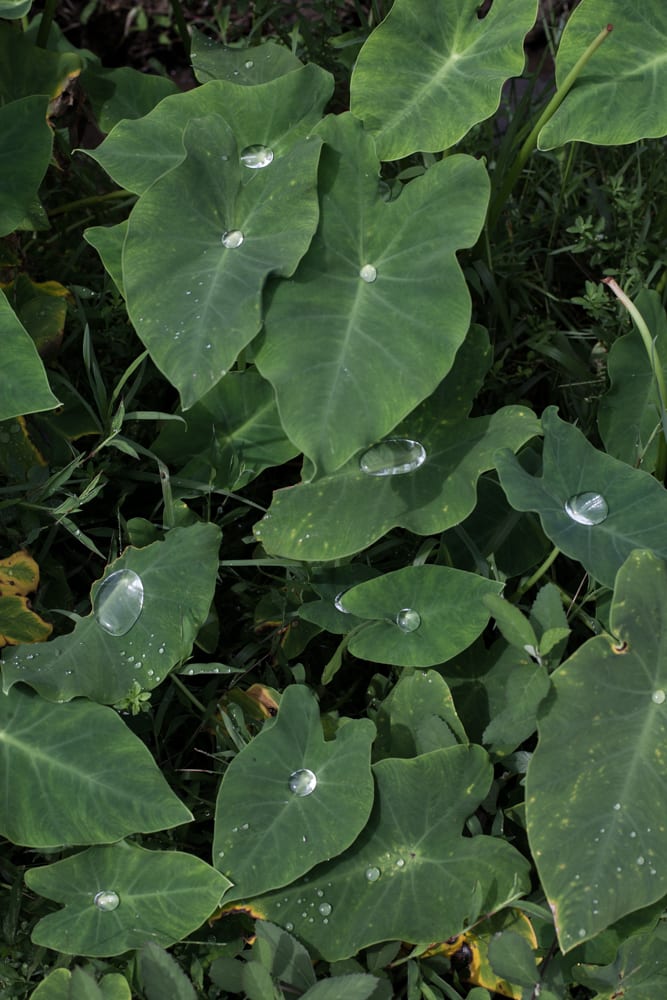
PH: In Bangalore I stayed in a beautiful house next to the Lal Bagh Botanical Garden, the biggest and most diverse in India. There are various schools of horticulture in the area, and I became interested in their botanical, scientific processes. I realised that, essentially, the way foreign species of plants are treated is similar to what happens to a foreign subculture – both arrive in their pure, natural state, then crossbreed, disseminate, and evolve into something new
Thinking about the work as a book, I decided to juxtapose these two very different kinds of image because conceptually, they strongly relate to each another. And while working on everything I also became drawn to what happens visually between the two kinds of image, how the different textures and structures of each genre work with each other.
BJP: How did you come to publish this project as a book?
PH: I won a prize for the book dummy and also received additional funding from the Goethe Institute. I had always envisioned a book as one of the outcomes for this work, and was lucky that, with two sources of funding, I could realise it. I was also supported by the director of the Berlinische Galerie, who had seen and enjoyed the work and offered to write a text for it. Then also, of course, I was lucky to find a good publishing house who supported what I had dreamt up. Everything quite simply fell into place.
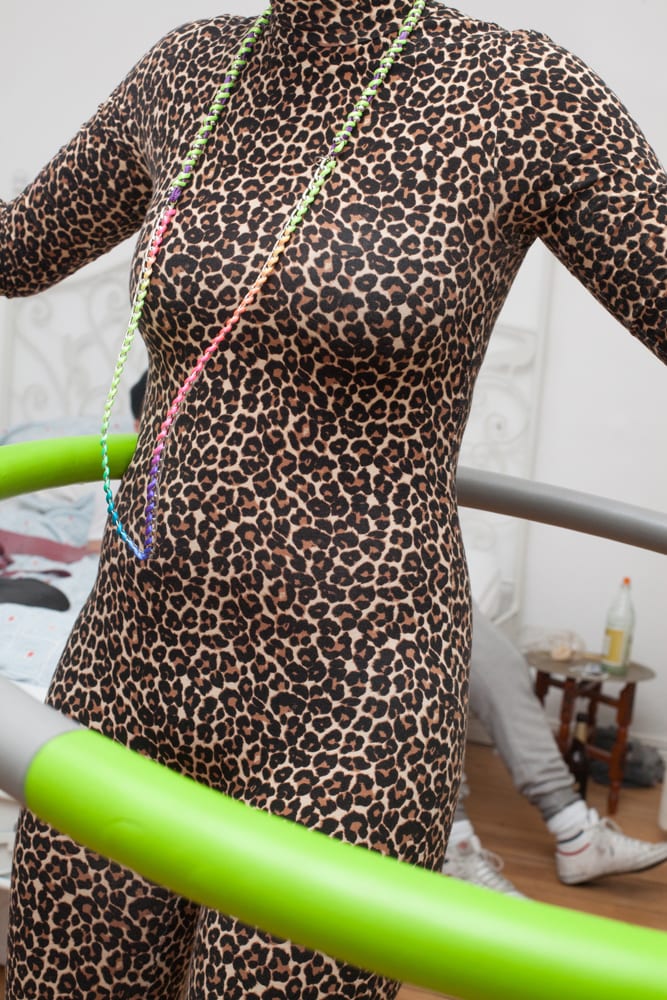
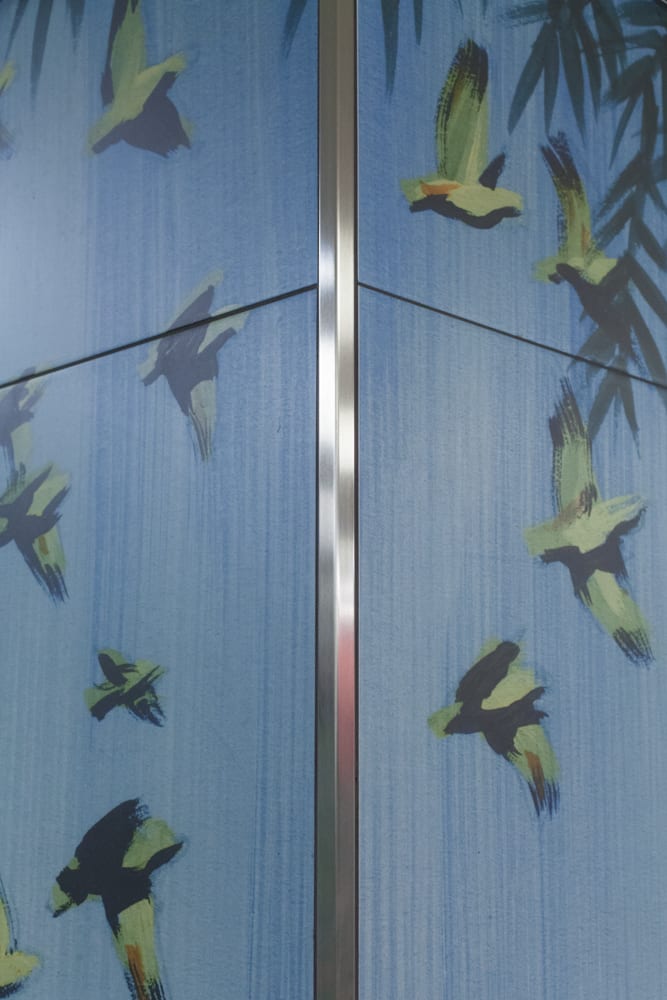
PH: My hip hop book became quite well known, and for a little while it seemed that I would forever be referred to as ‘the hip hop photographer’ – something I found inappropriate and simply untrue. Only about 5% of the pictures I take have anything to do with hip hop, and I think it’s important not to be defined by one fixed subject. Life is more layered than that.
Aside from hip hop, another thing which is quite dear to me is the train station I live next to here in Berlin Neukölln, U-Bahnhof Hermannstraße. I have a love-hate relationship with it – it’s a very interesting surface to read everyday occurrences from but it can also be a rather grim place to be in. In 2014 its interior was entirely re-designed into an utopian jungle landscape, with baboons, elephants and rhinos suddenly crossing the train tracks. I found this quite absurd given the immediate surroundings of the station – a working class neighbourhood in which mostly people of Arabic, Turkish or Roma descent live – and decided to take this as a starting point for my own little ‘photo safari’. To me it carries many layers – the collision of the external and internal world within a public space, the plain exoticism, the architecture of metal bars and the green leaves.
BJP: How did you come to be in China, South Korea and Japan shooting images that became the book Schmetterlinge [“Butterflies”]?
PH: I had developed an interest in Asia and wanted to see it, to see how the reality lined up with the pictures I had in my mind. It was all rather spontaneous but eventually I ended up travelling through for about six weeks. I got the idea of photographing butterflies while I was there – there are generally more butterflies in Asia than here in Europe, and they stood out to me very much among the sometimes grey cityscapes of east Asian cities.
In them I found both a certain sense of romanticism and longing, and also a certain absurdity of contemporary life, given the often vast urban contexts I was seeing them in. I could very much relate to that and also became interested in how the symbol of a butterfly is used throughout Asia in large billboard ads – collaged with food, real estate, military, you name it.
I took this as a starting point for how I wanted to photograph them. In the end it’s always a very basic question for photographers – how can you make it your own? I experimented with collaging in my images, merging butterflies with objects and abstract structures of contemporary urban life such as i-phones, cigarettes, manga comics. The whole undertaking had almost a performative note to it, me juggling real life butterflies, these objects and a camera all at once.
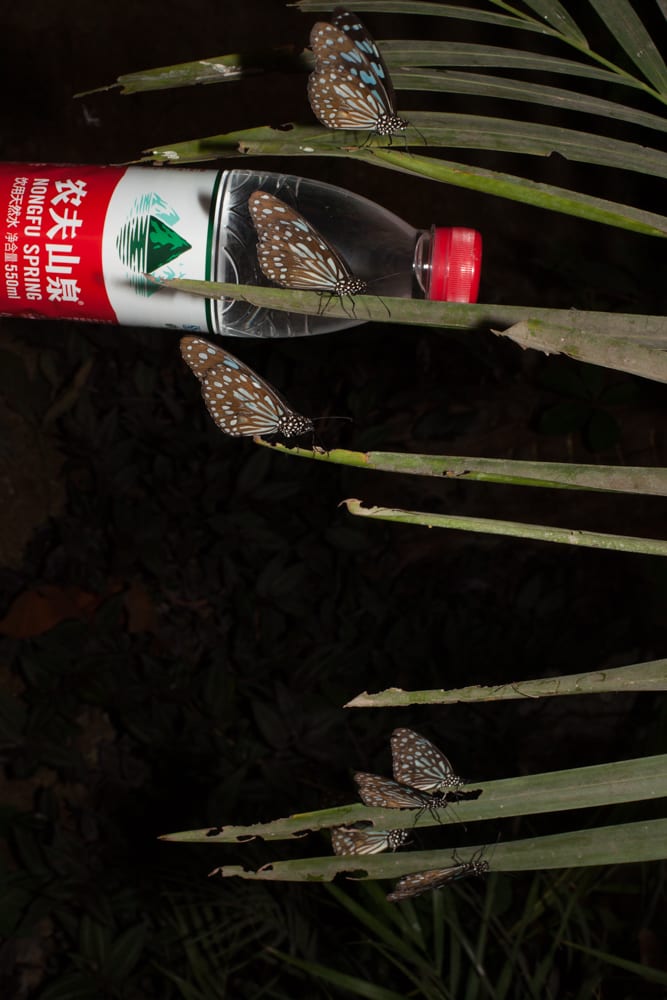
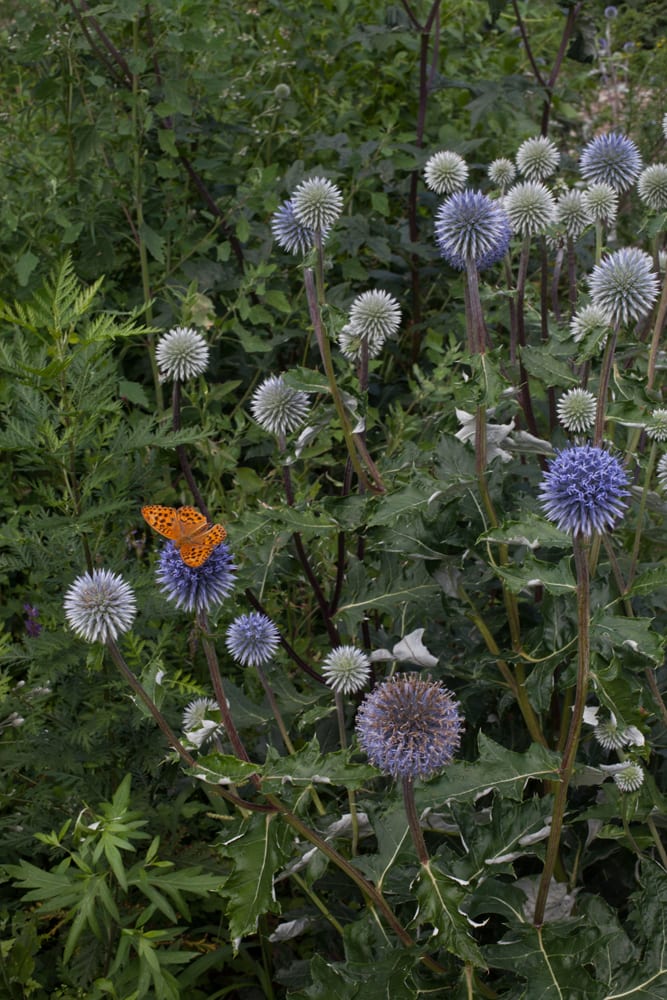
PH: I wouldn’t actually say that I have a particular interest in wildlife. My book Wildlife Photography deals with exoticisms in an urban context and, if at all, mocks the connotations of the genre. And the butterflies, to me, also have very little to do with wildlife but rather with dreaming, with questions about about places right here and now and not so much ‘out there’. Even if I make use of the rhetoric, the last thing I aim to do is to show strange and wondrous things from far away – which, essentially, is what wildlife photography is all about. I’d rather look at where the strangeness and wonder is in the here and now.
BJP: You’ve worked with the same designer and publisher in all your books, why is that?
PH: I’ve worked with The Green Box Kunsteditionen all along – generally we work very well on a personal level, and I enjoy building lasting professional relationships. The books we have made so far all have a very unique value to me, and they all came about due to the dialogue I had with the publisher, Anja Lutz. Obviously it can be a bit painful to have someone else have thoughts about your work, but Anja has always put me in the right direction and really pushed me during the process. It’s not always easy in the moment but very enjoyable once done! Plus I always enjoy swinging by their office for a coffee as they are located in a super beautiful compound, St. Agnes, in Berlin-Kreuzberg.
The book, to me, is an extension of my practice as an image-maker. I think it looks into how contemporary photography can be pushed further by rather traditional means while also retaining a strong connection to my rather lyrical practice. I think one is unsure of what’s actually real [in my work] and this sort of magical realism is a place I feel increasingly comfortable in.
BJP: You’ve also had a lot of success with your exhibitions. How do you approach them?
PH: As with books exhibitions can be tricky, but it’s always incredibly enjoyable to see the work on the wall, interacting with other things and objects around it. There are obviously always the practical issues of space and budget, but generally I have two or three things I stick to – I enjoy working in sequences, and having images lined up in in a row at various distances but at the same height.
To me it can sometimes be a cm or two which makes all the difference. I enjoy having it slightly ‘off‘, not chasing the perfect harmony which then loses all traction. I like to have it formal but still weird. I think it’s easy to overdo presentation and I often see that in exhibitions. There’s a German term for it – Kunstwille, Der Wille zur Kunst, to the intention of making art. If it’s too obvious that you’re trying, the work falls apart somehow.
Books are very different because they are obviously read from a to z, and not perceived simultaneously. With the books I always try to form a loose narrative; in exhibitions I frequently let go of that and work with the overall feeling I want to get across. Both are equally bittersweet!
paul-hutchinson.com For more information about Paul Hutchinson’s books, visit www.thegreenbox.net The exhibition Perfect Storm at NRW Dusseldorf has its own website, www.portfolio-review.de/perfectstorm
++This article was updated on 20 April++
